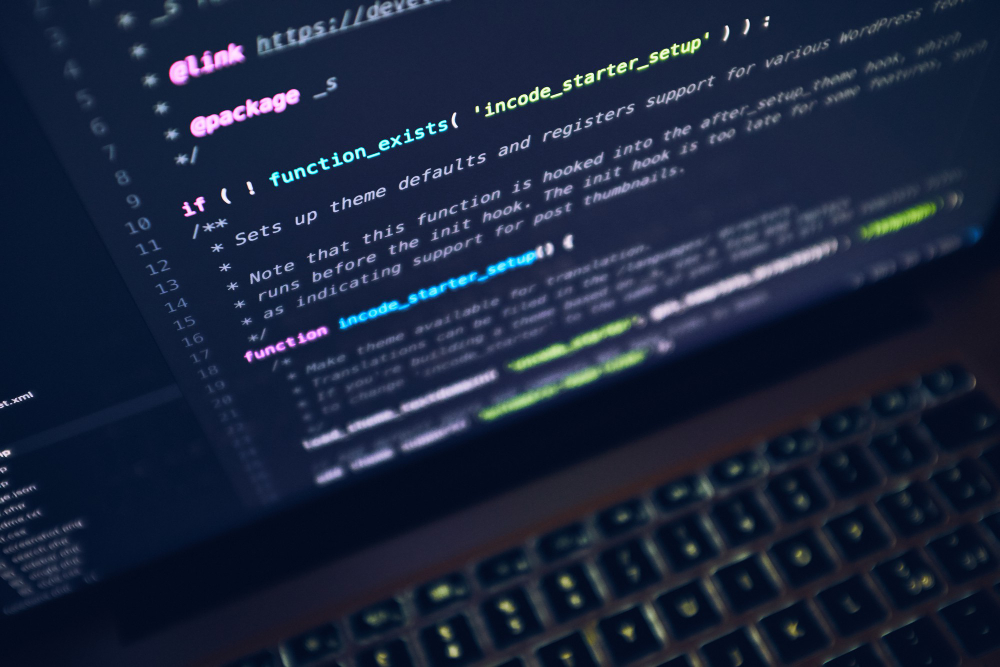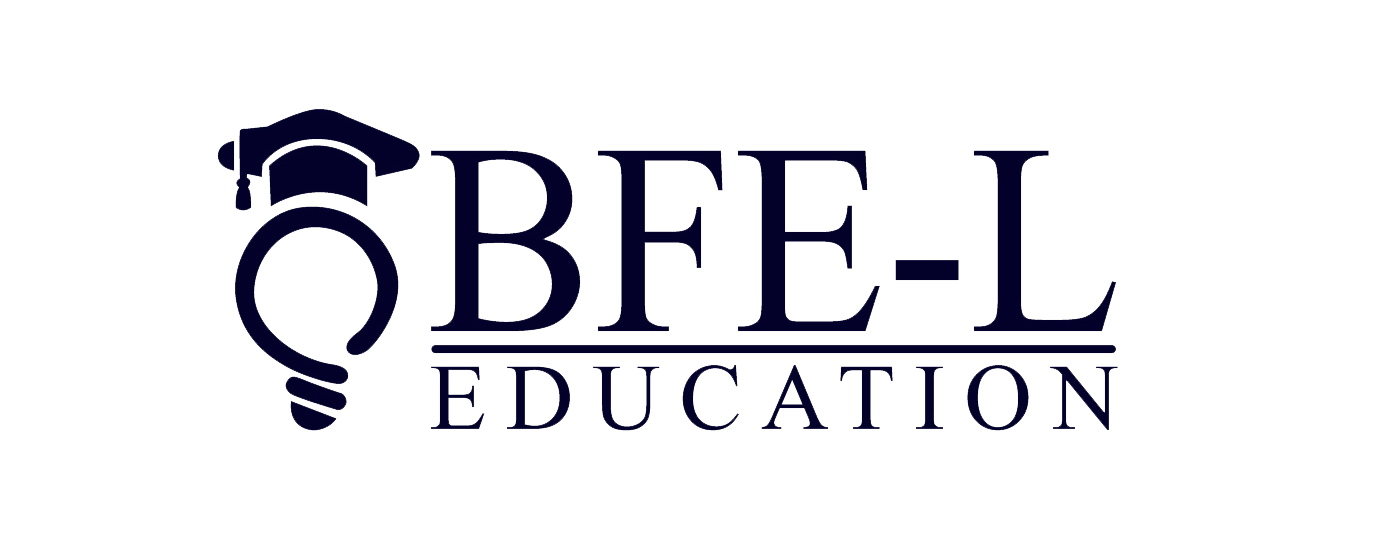The Future of Education Technology: Transforming Learning for Tomorrow

The world of education is evolving rapidly, driven in no small part by advances in technology. In this blog post, we’ll explore the exciting possibilities that technology is unlocking in education and discuss the trends and innovations shaping the future of learning.
1. Personalized Learning
One of the most promising aspects of education technology is its potential to provide personalized learning experiences. Adaptive learning platforms use data and algorithms to tailor the curriculum to each student’s individual needs and pace. This level of personalization helps students grasp concepts more effectively and at their own speed.
2. Virtual and Augmented Reality
Virtual reality (VR) and augmented reality (AR) are transforming the way students experience learning. From virtual field trips to interactive 3D simulations, these technologies make education immersive and engaging. Students can explore historical sites, dissect virtual organisms, and experiment in safe, simulated environments.
3. Artificial Intelligence
Artificial intelligence (AI) is being used to streamline administrative tasks and enhance the learning process. Chatbots can provide instant answers to student inquiries, and AI-powered tools can analyze student performance data to provide valuable insights for educators and learners.
4. Online Learning Platforms
The proliferation of online learning platforms has made quality education more accessible than ever. These platforms offer a wide range of courses and certifications, allowing students to learn on their own terms, whether they’re seeking formal degrees or skill-specific training.
5. Gamification
Gamification is a strategy that incorporates game elements into the learning process. It makes learning fun and motivating by offering rewards, competition, and a sense of achievement. Educational games and apps are becoming increasingly popular for teaching complex concepts and skills.
6. Blended Learning
Blended learning combines traditional classroom teaching with online components. This approach offers the benefits of both face-to-face interaction and the flexibility of online resources. It’s gaining traction as a way to customize education to meet the needs of diverse learners.
7. Open Educational Resources
Open educational resources (OER) are freely accessible, openly licensed materials that can be used for teaching, learning, and research. These resources reduce the cost of textbooks and educational materials, making education more affordable for students.
8. Robotics in Education
Educational robots are being used to teach coding, problem-solving, and critical thinking skills. Students can program and interact with robots to gain hands-on experience in STEM fields.
9. Cloud-Based Learning
Cloud technology enables students and educators to access materials and resources from anywhere with an internet connection. Collaboration on projects, storage of assignments, and access to cloud-based tools have become integral to modern education.
10. Blockchain Credentials
Blockchain technology is being used to secure and verify educational credentials. This provides a transparent and tamper-proof way to showcase one’s qualifications to employers and institutions.
The future of education is a technologically enriched landscape where learning is more engaging, personalized, and accessible than ever before. As these trends and innovations continue to shape the educational landscape, students and educators are poised to benefit from a dynamic and transformative learning experience.
